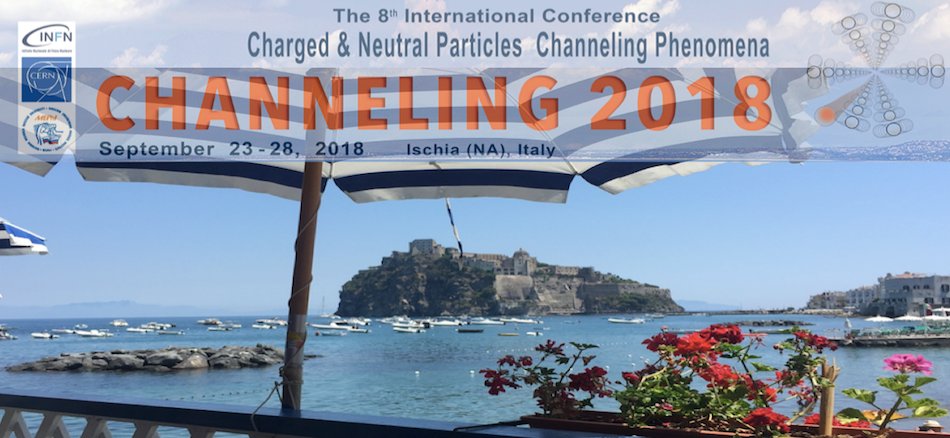Speaker
Dr
Alessandro Bartolin
(INFN Padova)
Description
In order to further consolidate the present knowledge of the Standard Model and to look for deviations from its predictions that would signal new physics effects a new generation of hadron hadron or electron position colliders is often put forward. However also the idea of a muon collider seems to be attractive because such a machine would provide the high centre of mass energy typical of a hadron hadron machine in the clean experimental environment typical of an electron position machine. Hence the muon collider can serve as a Higgs factory, can explore the multi-TeV frontier and can be used to investigate rare muon processes, including any process related to lepton universality violation in the muon sector. Clearly the muon collider has to face quite a few challenges. One of these is the production of a low emittance muon / antimuon beam to be feed into a suitable accelerator complex. Recently the idea of getting such muons / antimuons from collisions of an about 45 GeV low emittance positrons beam on fixed target has been put forward. The 45 GeV incident positron energy is chosen because it corresponds to the energy threshold of the process e+ e- -> mu+ mu- which, at threshold, should give the wanted muon / antimuon low emittance particles flux.
The experimental proof of this expectation is the goal of the Low EMittance Muon Accelerator (LEMMA) collaboration who carried out in Summer 2017 and 2018 dedicated test beams at CERN. The test beams were based on a silicon telescope setup complemented by a dipole magnetic field, a muon chamber and a set of calorimeters, to tag electrons / positrons. The ultimate goal of the LEMMA collaboration is the measurement of the emittance of the produced muon / antimuon particles flux and of the corresponding cross section at threshold. The concepts and the experimental setup used in Summer 2017 and 2018 will be presented together with a summary of the results achieved so far.
Primary author
Dr
Alessandro Bartolin
(INFN Padova)

